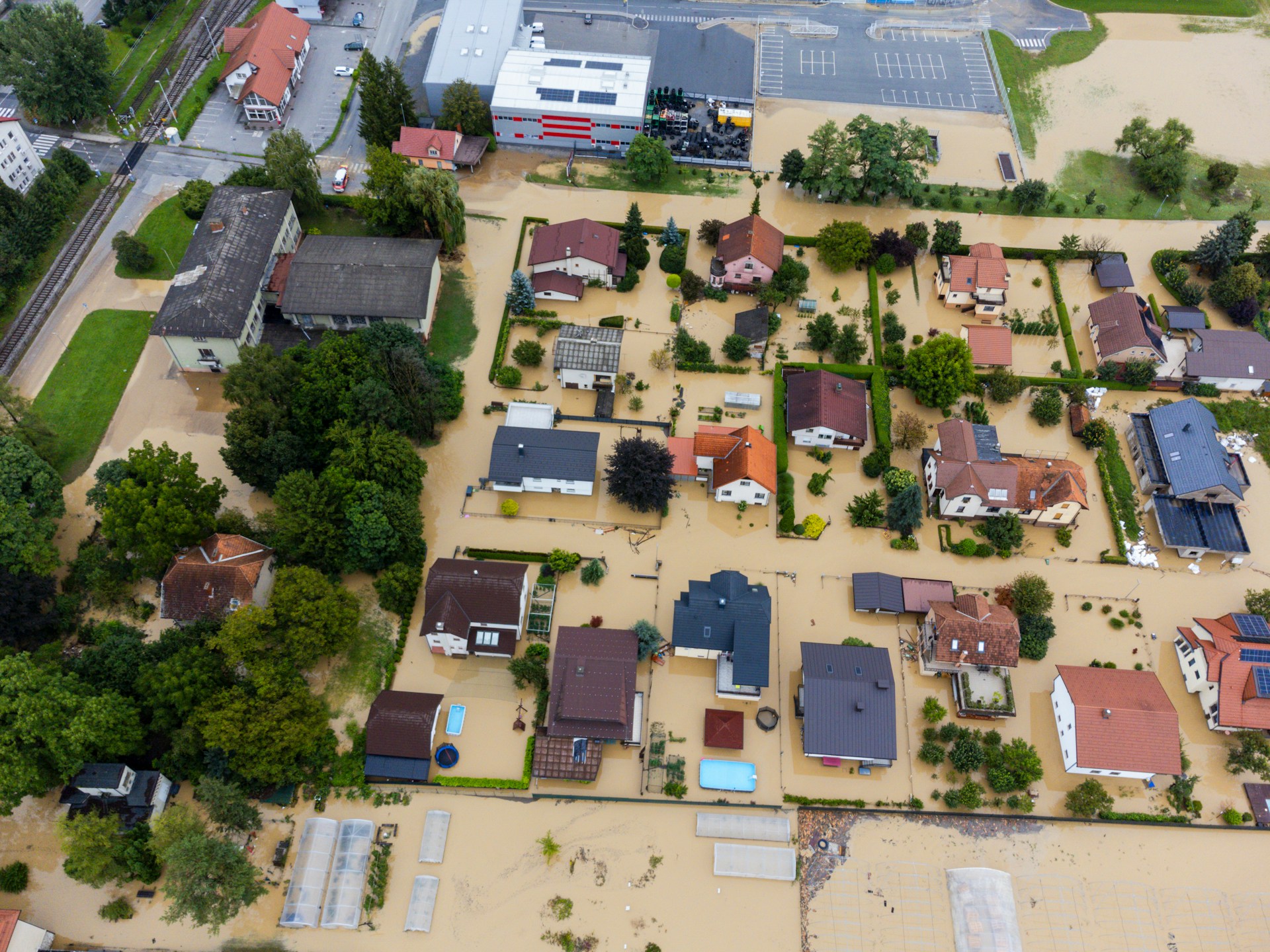The Innovation for Cool Earth Forum (ICEF) has selected their “Top 10 Innovations” in energy and climate change mitigation, highlighting the most notable recent measures to reduce greenhouse gas emissions (GHG).
The aim of the activity is to raise awareness and take stock of the state and trends in net-zero emissions technology development and diffusion. Successful projects were chosen based on their GHG emissions reduction potential, excellence in innovativeness, and feasibility. A brief description of each innovation and link to the spec sheet follows.
The project selected covering various stages of innovation including “R&D”, “Pilot & Start-up”, “Commercialization” and “Policy & Standard”.
31.17% solar sunroof triple-junction module efficiency is a Solar project created by Sharp. The innovativeness of the technology, which has the highest photovoltaic (PV) conversion efficiency as a module, provides the opportunity to accelerate the shift away from fossil fuel electricity.
New world record for thin-film solar cells is a Solar project produced by ZSW (Centre for Solar Energy and Hydrogen Research Baden-Württemberg). The project has achieved the highest PV conversion efficiency in a thin-film solar cell, and together with the advantage of thin-films being low cost, this advancement should have a significant impact on GHG emissions reductions.
World’s highest conversion efficiency of 26.33% achieved in a crystalline silicon solar cell is a Solar project developed by Kaneka Corporation. This project achieving the highest PV conversion for crystalline silicon solar cells of a reasonable size is anticipated to lead to more widespread use of PV power generation in residences with limited installation space.
Water splitting–biosynthetic system with CO2 reduction efficiencies exceeding photosynthesis is a Hydrogen project carried out by Prof. Daniel Nocera and his colleague Prof. Pamela Silver of Harvard University. The devised system is able to convert one-tenth of the energy of sunlight captured into fuel (solar energy conversion efficiency of 10%, which is much higher than natural photosynthesis).
High-power all-solid-state batteries using sulfide superionic conductors is an Energy Storage project developed by the Tokyo Institute of Technology and Toyota Motor Corporation. All-solid state batteries have both higher power density and energy density than conventional lithium ion batteries and therefore can potentially support GHG emissions reductions through their use as electric vehicle batteries or as a stationary storage to support intermittent renewables, such as solar.
Long-lasting flow battery could run for more than a decade with minimum upkeep is an Energy Storage project created by a research team at Harvard University. This new flow battery is non-toxic and non-corrosive, with a long lifetime and low production cost. It is has the GHG emissions reduction potential of integrating intermittent renewables.
World’s tallest wind turbine integrated with pumped storage hydro is a Wind & Energy Storage project carried out by Max Bögl Wind AG and GE Renewable Energy in Germany. As the first major wind farm to integrate water storage in the turbines, it could contribute to future wind power penetration.
Flight powered by biofuel made from residual wood is a Biomass project created by Northwest Advanced Renewables Alliance, ICM, and GEVO. The Alaskan Airlines flight is the first case of renewable aviation fuel derived from woody biomass being used in a commercial flight.
100 Percent Bio-Based Plastics for Beverage Bottles is a Biomass project produced by Anellotech and Suntory. A demonstration plant has already been built in Texas, USA and commercialization of the bottles is planned for 2021.
Demonstration of peer to peer electricity trading using blockchain technology is a Smart Grid/Microgrid project developed by LO3 Energy and Siemens in Brooklyn, New York. Peer-to-peer trading of energy in a microgrid, conducted here for the first time, has the potential to allow for the large-scale deployment of distributed energy resources at the local level at a lower cost.
Pioneering the networking of storage batteries with blockchain technology is a Smart Grid/Microgrid project created by Tennet, Sonnen, and IBM. It is the world’s first project to use residential batteries for power systems operations using a blockchain solution, thereby increasing the ability to integrate more renewables.
Demonstration of Positive Energy Building Begins in Lyon is a Positive Energy Building project conducted by Toshiba in France. The positive energy building complex is able to generate more energy than it consumes through the use of PV power generation, storage batteries, and heat storage materials controlled by an energy management system.






